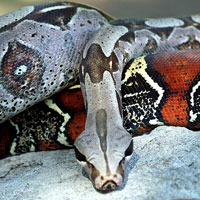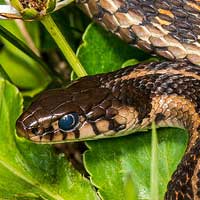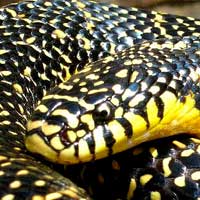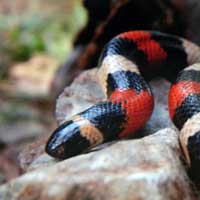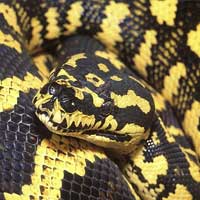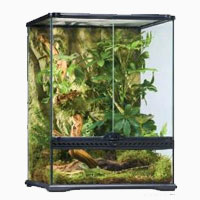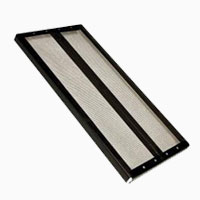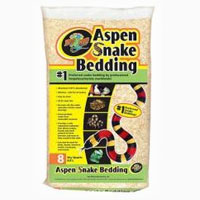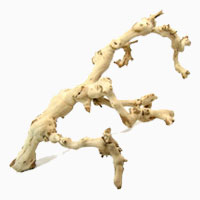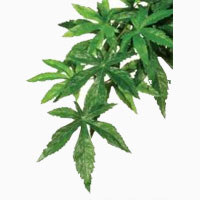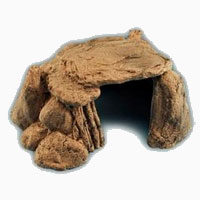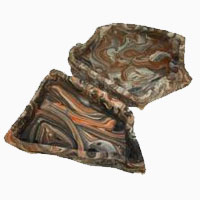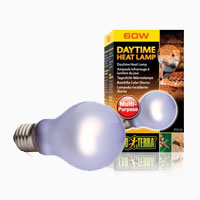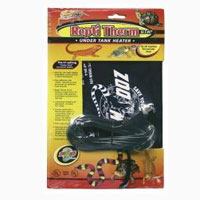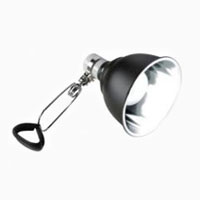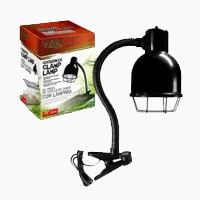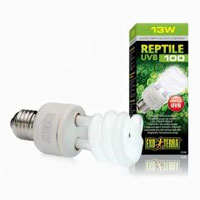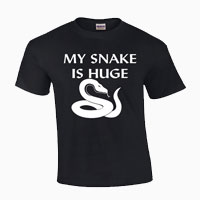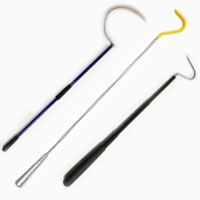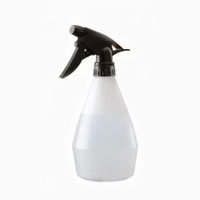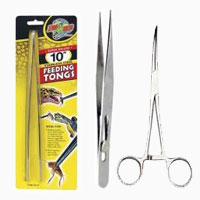Rainbow Boa
Scientific Name: Epicrates Cenchria Crassus
Share this Post
There are about nine or ten Rainbow Boa subspecies. In captivity, the most common are the Colombian Rainbow Boa (E.c. maurus) and the Brazilian Rainbow Boa (E.c. cenchria). Each the various subspecies are hard to identify, due to being interbred while in captivity. The differences between them are usually identified through differences in size, pattern, and color. The reason Rainbow Boas are known as such is because of the iridescent sheen is given off by the microscopic ridges that are present on their scales that act as prisms, which refract light to rainbows. They are nocturnal snakes, and measure from between three and a half to seven feet long, while living to a peak of twenty years while in captivity.
Rainbow Boas Are Beautiful Creatures
Facts About Rainbow Boas
Geographic Location
The Rainbow Boas are to be found in Costa Rica, all the way down the Central American territories. Several South American Islands also host certain Rainbow Boa subspecies, while particular sub species are only found on particular islands, the distribution of which is not clearly understood.
Habitat
Mainly found in swamps, plains, woodlands, and forests.
Behavior
Hatchlings will be nippy, but calm down with maturity and increasing periods of patience and handling. Rainbow Boas are not for the beginner snake keeper, as they are wary of strangers.
Reproduction
Average litters of Rainbow Boa snakes number between two and thirty-five. These neonates are between fifteen and twenty inches in length.
Captivity
The care involved with the entire Rainbow Boa subspecies is quite similar. Minor variations are recorded in temperature variations. The ideal requirements for Rainbow Boa enclosures are such as ample space in their enclosures, for exercise and humidity and heat retention. These snakes like to climb so climbing branches are highly recommended, on top of the movement, it shows off the Rainbow Boas best feature; their sparkling iridescent scales. Apart from, during mating season, it is recommended that Rainbow Boas be housed individually. Preferable substrates for these snakes include woven backed Astroturf, Cyprus mulch, orchid bark (repti-bark), paper toweling, and newsprint. They all retain moisture, which is important. Lightly misted dry moss is also usable as substrate. Humidity levels in the high seventies percent is ideal, as fifty percent or lower may cause death due to dehydration. The Rainbow Boas temperatures vary from one sub species to another, but all favor an average temperature gradient and cycles of diurnal temperatures during breeding periods. These snakes can die of continual exposure to temperatures exceeding ninety degrees Fahrenheit, but heat gradients of seventy five degrees Fahrenheit are optimal. This heat can be provided by overhead incandescent bulbs or heating pads placed strategically underneath the tank. Water is critical to this snake, so drinking water in an accessible bowl is very important. In addition, the Rainbow Boa enjoys soaking itself, just as it would in its natural habitat, along rivers and swamps. Light misting several times a day is also important, to maintain optimal humidity levels. Meals mainly consist of small rats and mice, of average size compared to the snakes widest part of its body. They can gain weight if overfed, so once every ten days for adults and once a week for infants is advisable feeding times.
